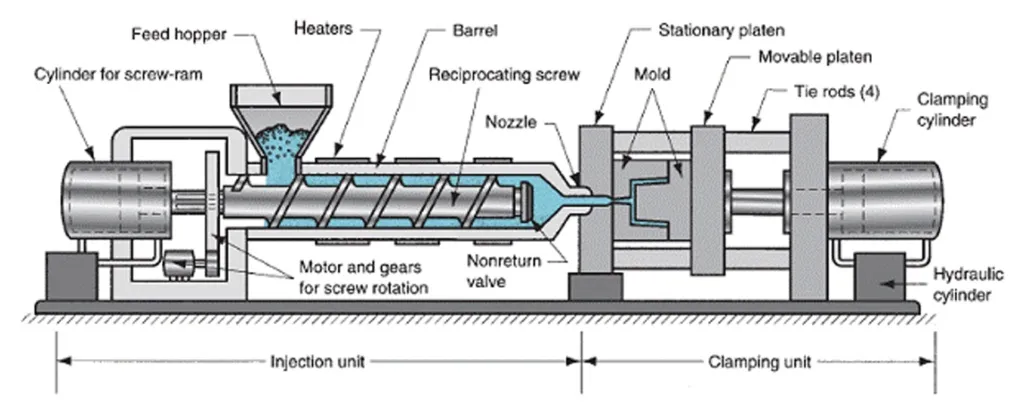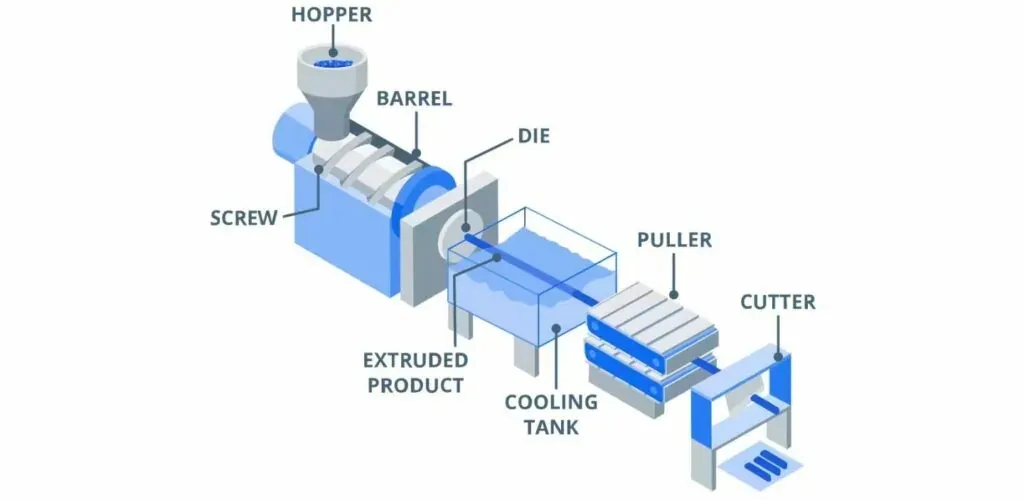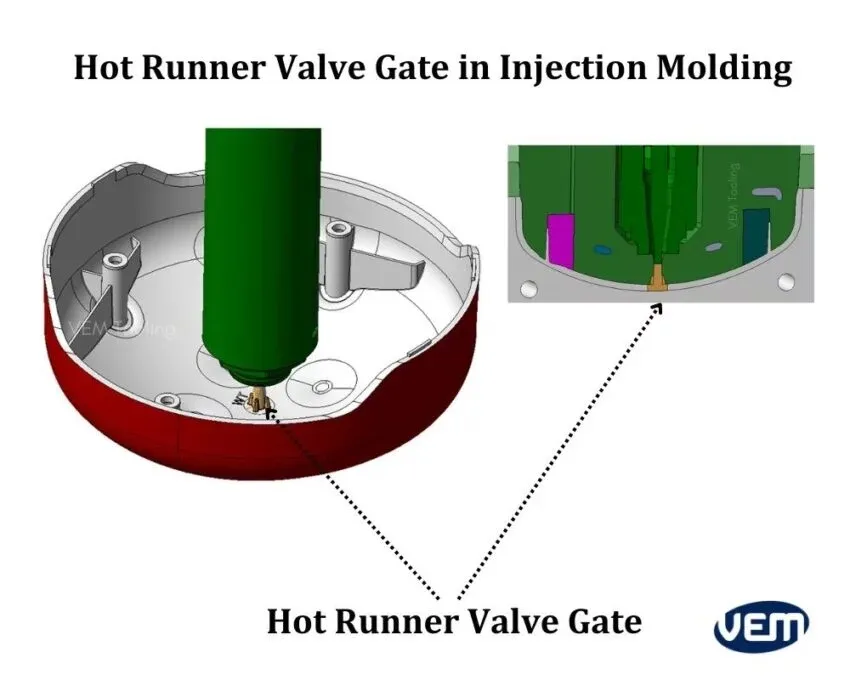
Plastic Molding: Processes, Materials and Applications
Plastic molding represents one of the most versatile and widely used manufacturing processes in modern industry. This technology enables the mass production of plastic components with complex geometries, consistent quality, and cost-effectiveness. From consumer products to automotive components and medical devices, plastic molding has revolutionized how we manufacture and use plastic products.
Fundamental Plastic Molding Processes
The world of plastic molding encompasses several distinct processes, each with unique characteristics and applications. Understanding these fundamental methods is crucial for selecting the appropriate manufacturing approach for specific product requirements.
Injection Molding
Injection molding stands as the most prevalent plastic manufacturing process worldwide. This method involves heating plastic pellets until they melt, then injecting the molten material under high pressure into a mold cavity. Once the plastic cools and solidifies, the mold opens to eject the finished part.

The injection molding process offers exceptional precision and repeatability, making it ideal for high-volume production. Typical cycle times range from 15 to 60 seconds, depending on part size and complexity. This efficiency, combined with the ability to produce complex geometries with minimal post-processing, makes injection molding economically attractive for mass production.
Extrusion Molding
Extrusion molding specializes in creating continuous profiles with consistent cross-sections. In this process, plastic material is melted and forced through a die that shapes the material into the desired profile. As the extruded plastic emerges from the die, it undergoes cooling and solidification before being cut to length or wound onto spools.

This method excels at producing items such as pipes, tubes, window frames, and sheet materials. The continuous nature of extrusion makes it highly efficient for manufacturing long, uniform products. Different die designs enable the production of various profiles, while additives can be incorporated to enhance specific properties like UV resistance or flexibility.
Blow Molding
Blow molding specializes in creating hollow plastic products, particularly containers and bottles. The process begins with melting plastic and forming it into a parison (a tube-like piece of plastic with a hole in one end). This parison is then placed between two mold halves, and compressed air is blown into it, forcing the plastic to expand against the mold walls.

There are three primary blow molding variations: extrusion blow molding, injection blow molding, and stretch blow molding. Each offers distinct advantages for different applications, with stretch blow molding particularly valued for producing PET bottles with excellent clarity and strength properties.
Advanced Molding Techniques
As manufacturing requirements become more sophisticated, advanced molding techniques have emerged to address specific challenges and opportunities in plastic production.
Insert Molding and Overmolding
Insert molding involves placing pre-formed components (typically metal) into the mold before plastic injection. The molten plastic flows around these inserts, creating a strong mechanical bond. This technique is commonly used for electrical components, threaded inserts, and structural reinforcements.
Overmolding takes this concept further by molding a second material over an existing plastic substrate. This approach enables the creation of multi-material products with combinations of rigid and flexible sections, different colors, or varied material properties within a single component.
Gas-Assisted Injection Molding
Gas-assisted injection molding introduces nitrogen gas into the mold cavity during the injection process. This technique helps create hollow sections within thick-walled parts, reducing material usage while maintaining structural integrity. The gas pressure also helps push plastic into difficult-to-fill areas and minimizes sink marks on visible surfaces.
Materials in Plastic Molding
The selection of appropriate materials significantly impacts the performance, cost, and manufacturing parameters of molded plastic products. Thermoplastics dominate the molding industry due to their recyclability and versatility.
| Material | Key Properties | Common Applications | Processing Temperature (°C) |
|---|---|---|---|
| Polypropylene (PP) | Chemical resistance, flexibility, fatigue resistance | Containers, automotive parts, living hinges | 200-280 |
| Acrylonitrile Butadiene Styrene (ABS) | Impact strength, rigidity, surface quality | Electronic housings, automotive trim, toys | 210-270 |
| Polycarbonate (PC) | High impact strength, transparency, heat resistance | Safety glasses, medical devices, electronic components | 280-320 |
| Polyethylene (PE) | Chemical resistance, moisture barrier, flexibility | Bottles, bags, containers, pipes | 180-280 |
| Polyamide (Nylon) | Wear resistance, strength, temperature resistance | Gears, bearings, electrical connectors | 260-300 |
Mold Design and Manufacturing Considerations
Successful plastic molding depends heavily on proper mold design and manufacturing planning. Several critical factors must be addressed during the design phase to ensure product quality and manufacturing efficiency.
Parting Lines and Draft Angles
The parting line represents where the two halves of the mold meet. Strategic placement of parting lines minimizes visible witness lines and facilitates mold manufacturing. Draft angles—slight tapers on vertical walls—are essential for proper part ejection from the mold. Typically, draft angles range from 0.5 to 3 degrees, depending on material and surface texture.
Gate Design and Location
Gates serve as the entry points through which molten plastic enters the mold cavity. Gate design significantly impacts part appearance, structural integrity, and manufacturing efficiency. Common gate types include edge gates, submarine gates, and hot runner systems, each offering distinct advantages for different applications.

Cooling System Design
Efficient cooling systems are crucial for maintaining consistent cycle times and part quality. Cooling channels strategically placed throughout the mold extract heat from the solidified plastic, allowing for faster cycle times. Proper cooling design minimizes warpage and ensures dimensional stability throughout the production run.
Quality Control and Process Optimization
Maintaining consistent quality in plastic molding requires comprehensive process control and monitoring. Several parameters significantly impact the final product quality and must be carefully controlled throughout production.
| Parameter | Impact on Quality | Typical Range | Monitoring Method |
|---|---|---|---|
| Melt Temperature | Affects viscosity, flow length, and material degradation | Material dependent (180-320°C) | Thermocouples, infrared sensors |
| Injection Pressure | Determines mold filling and part density | 500-2000 bar | Pressure transducers |
| Cooling Time | Affects cycle time and part dimensional stability | 5-60 seconds | Timer controls, thermal analysis |
| Holding Pressure | Compensates for material shrinkage during cooling | 50-80% of injection pressure | Pressure profiling systems |
Applications Across Industries
Plastic molding technologies serve virtually every manufacturing sector, with particularly significant applications in several key industries.
Automotive Industry
The automotive sector extensively utilizes plastic molding for both interior and exterior components. Injection molding produces dashboard panels, door handles, and various trim pieces, while blow molding creates fluid reservoirs and ductwork. The industry's push toward lightweighting has increased plastic usage for structural components and under-hood applications.
Medical and Healthcare
Medical applications demand stringent quality standards and material compatibility. Plastic molding produces disposable syringes, IV components, surgical instruments, and diagnostic device housings. The industry increasingly utilizes multi-material molding to combine rigid structural elements with soft-touch surfaces for improved ergonomics.
Consumer Products
From household items to electronic devices, plastic molding enables the mass production of affordable, durable consumer products. The process creates everything from food containers and toys to smartphone cases and appliance housings. Color matching, texture options, and finishing techniques allow for extensive product customization.
Future Trends in Plastic Molding
The plastic molding industry continues to evolve, driven by technological advancements and changing market demands. Several emerging trends are shaping the future of plastic manufacturing.
Sustainable Materials and Processes
Growing environmental concerns are accelerating the adoption of bioplastics, recycled materials, and more energy-efficient processes. Manufacturers are developing closed-loop systems that minimize waste and optimize material usage. Additionally, design for disassembly and recycling is becoming increasingly important in product development.
Industry 4.0 and Smart Manufacturing
The integration of IoT sensors, data analytics, and machine learning is transforming plastic molding operations. Real-time monitoring of process parameters enables predictive maintenance, quality assurance, and continuous process optimization. Digital twin technology allows for virtual testing of molds and process parameters before physical implementation.

Additive Manufacturing Integration
While traditionally viewed as competing technologies, additive manufacturing and plastic molding are increasingly complementary. 3D printing enables rapid prototyping of molds and manufacturing of low-volume production tools. Conversely, injection molding remains more economical for high-volume production, creating a hybrid manufacturing approach that optimizes both technologies' strengths.
Conclusion
Plastic molding continues to be a cornerstone of modern manufacturing, offering unparalleled versatility, efficiency, and cost-effectiveness. As materials advance and digital technologies transform production processes, plastic molding will continue to evolve, enabling new applications and improved sustainability. Understanding the fundamental principles, material options, and emerging trends in plastic molding provides valuable insight into one of manufacturing's most dynamic fields.
